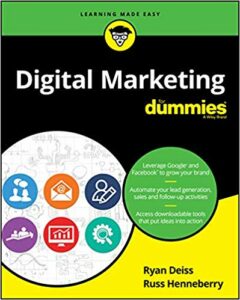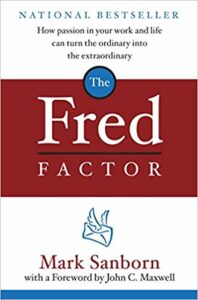“Annoyance may well be the most widely experienced and least studied of all known human emotions,” writes Joe Palca in National Geographic. “Traffic. Mosquitoes. People who snap their gum. People who crack their knuckles. There are so many things in the world that are just downright annoying.” True, a vast literature exists on anger, aversion, and social anthropology, Palca and co-researcher Flora Lichtman admit, but few scientists have used those things to explain the mild anger we call annoyance.
Website content can be annoying, too, Patti Podnar points out. Don’t you hate it when you take the time to read a business’ home page, their about page, and a few blog posts, and you still have no idea what the heck they do, she asks? Sites that aren’t user-friendly are annoying as all get-out. Writing over your customers’ heads. Not addressing obvious questions and objections. Solving your own pain points rather than your customers’ pain points. Annoying. Annoying. Annoying, Podnar stresses.
You can blog about your business without annoying readers, Patrick Dodge advises.
In the awareness stage, a person has recognized he or she needs information for a specific challenge, and if your content is focused on helping them (not self-promotion), Dodge says, you might engage them on the next stage of the journey, which is the consideration stage..
“Inundating your audience with multiple messages at inconvenient times isn’t helpful,” cautions Neil Patel. People can easily recognize when your intentions aren’t authentic. It’s important to educate your customer, but don’t overload your audience with too much information at once. When people see lots of text, they wonder how long it’s going to take to read the post. And, Patel adds, visitors must know immediately how your product or service benefits them.
“”You’ve just clicked the ‘Publish’ button…Now what?” asks quicksprout.com. Publishing a blog post and quickly moving on to the next one is a waste of your efforts, minimizing the impact of your content and its true potential, the author explains. A number of to-dos can avoid that result:
- Proofread, looking for spelling and grammar errors.
- Insert a link to old posts.
- Add a question to spark discussion.
- Post on social media.
- Send to email subscribers.
- Comment on other blogs.
One thing that annoys readers is lack of readability, Neil Patel explains. Large chunks of text scare readers away, he says, while charts, images, and quotes from industry experts all help maintain interest. End with an actionable conclusion.
In blog content writing, aim for annoyance minimization!











Follow us online!